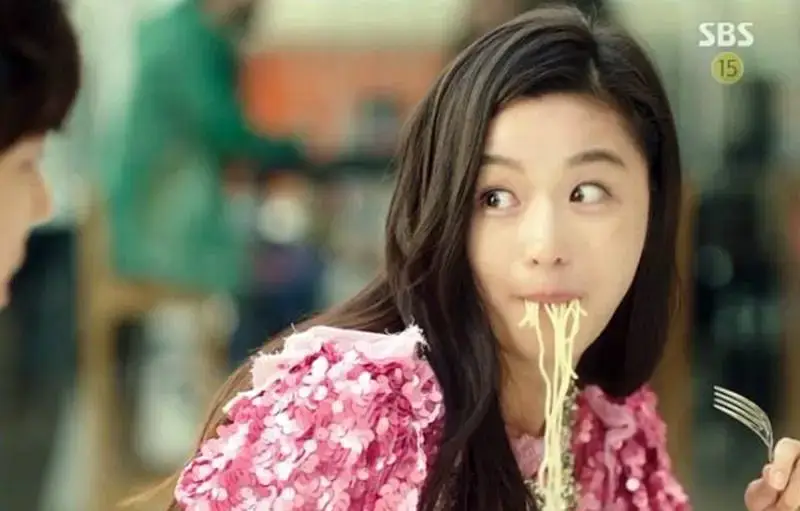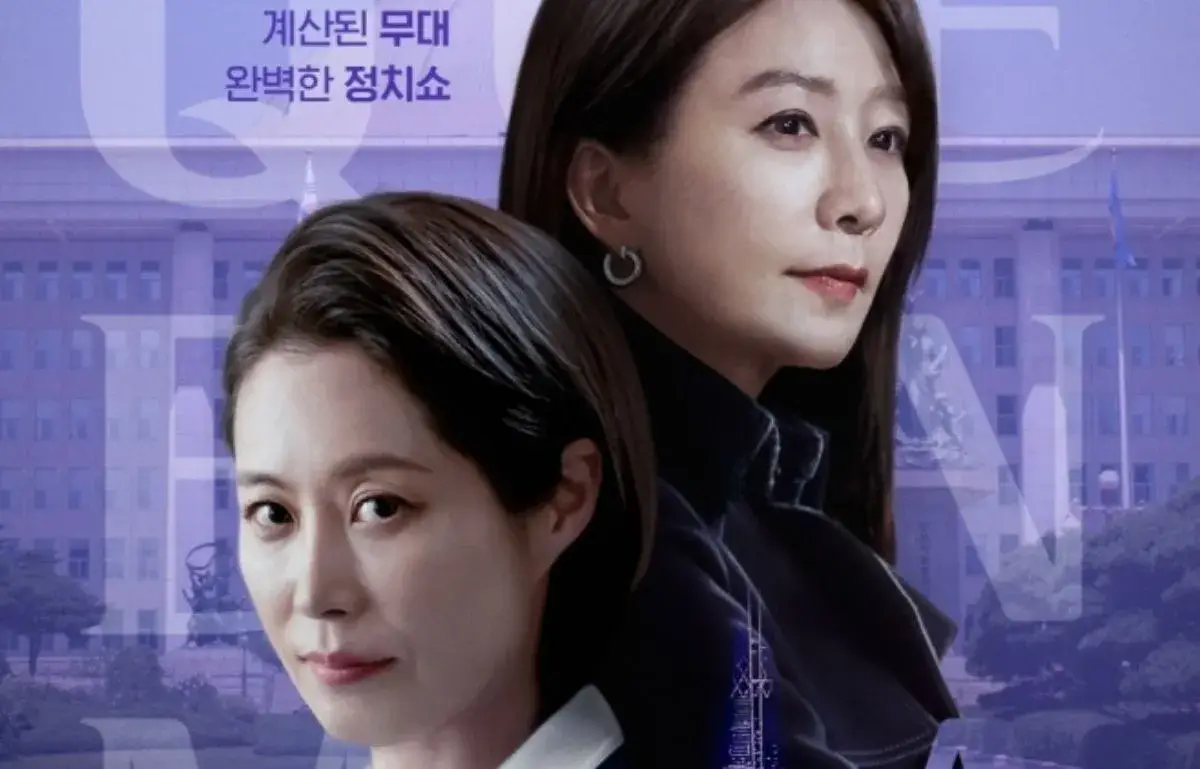One thing that stands out in nearly every K-drama is everyone is constantly eating! Whether it’s a fancy restaurant or a street food stall, it seems like someone is always scarfing something delicious. But why is eating such a prominent activity in K-dramas? In this article, we’ll explore the cultural significance of sharing meals in Korea and how it is portrayed in K-dramas.
Food has always been a central part of Korean culture, and sharing meals with others is an important aspect of Korean social life. This is rooted in Confucian values, which emphasize the importance of respect for others and building strong relationships. Sharing food is seen as a way to connect with others and build community, whether it’s with family, friends, or coworkers. As a result, it’s common for Koreans to eat together and share dishes, even in formal settings like business dinners or weddings.
This cultural importance of food is reflected in the way meals are portrayed in K-dramas. Characters often bond over meals, whether it’s sharing a pot of stew on a cold winter day or grabbing fried chicken and beer after a long day at work. These scenes not only showcase delicious Korean cuisine but also highlight the importance of building relationships through food.
One of the most common settings for meals in K-dramas is the formal restaurant. These upscale establishments are often used for business dinners or special occasions, and they typically serve traditional Korean dishes like bulgogi (marinated beef) and bibimbap (rice bowl with various toppings). In these settings, characters demonstrate their manners and respect for others by using formal language and following proper dining etiquette. This includes waiting for the eldest person to start eating, using chopsticks and spoons properly, and not wasting any food.
But K-dramas also feature more casual dining experiences, like eating street food or grabbing a meal at a convenience store. These scenes showcase the everyday food culture of Korea and demonstrate how food can be a quick and easy way to connect with others. Street food stalls are popular in Korean cities, and they offer a variety of delicious treats like tteokbokki (spicy rice cakes) and hotteok (sweet pancakes filled with brown sugar and cinnamon). Convenience stores like 7-Eleven and CU are also ubiquitous in Korea, and they offer a wide selection of snacks and drinks that are perfect for a quick meal on the go.
Another aspect of Korean food culture that is often highlighted in K-dramas is the emphasis on health and wellness. Korean cuisine is known for its healthy ingredients and balanced flavors, and many K-dramas feature characters who are health-conscious or on a special diet. For example, in the drama What’s Wrong with Secretary Kim, the main character, Lee Young-joon (played by Park Seo-joon), is a fitness enthusiast who eats a diet of vegetables, fish, and lean protein. In another drama, Hospital Playlist, the characters frequently discuss their health and wellness routines, and they often eat dishes like ginseng chicken soup and grilled mackerel.
Overall, eating is a prominent activity in K-dramas because it reflects the importance of food and community in Korean culture. Whether it’s a fancy restaurant or a street food stall, sharing a meal with others is a way to build relationships and connect with others. By showcasing the many facets of Korean cuisine, K-dramas give viewers a glimpse into the rich food culture of Korea and the importance of food in everyday life. So, the next time you watch a K-drama, pay attention to the food scenes – you might just learn something new about Korean culture!





